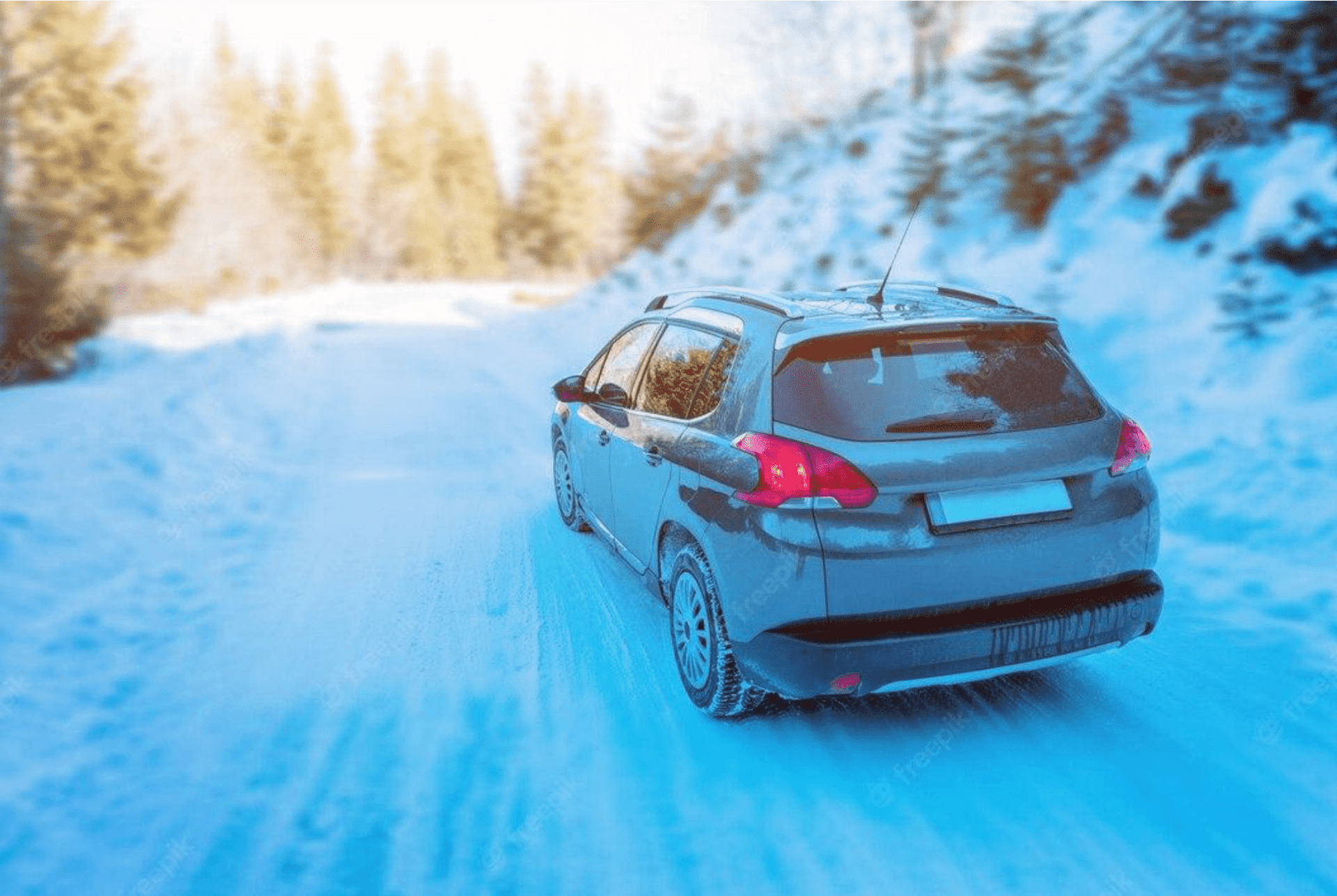- Need Any Help: +1 647-760-5505 or
- info@trubicars.ca

There are several main driving conditions that a driver can face every time she or he gets behind the wheel. These are light, weather, traffic, road, driver, and vehicle. It’s important that a driver be able to handle, and have experience driving in, all these conditions. Time of day and light conditions, all types of weather, all levels of traffic, and a variety of road conditions are things that should be practiced.
In Canada, we’re met with a variety of weather conditions including sun, humidity, rain, snow, slush, ice, and wind. Each of these types of weather demands different driving behaviors as weather can affect your traction, visibility, and vehicle control.
1. Sun– It can be difficult to drive on a bright sunny day. Ensure you have the proper eyewear to help block the sun so that you can see. Keep a pair of sunglasses within easy reach.
2. Humidity– When your windows fog up, it’s important to get them clear as quickly as possible. Blast your anti-humidity or air conditioning.
3. Rain– Rain can cause slippery roads. Oil and grease can form a slick film before it is washed away. Hydroplaning can be common when driving in rain. Steering and braking can also be affected.
4. Snow, Slush & Ice – Like rain, snow, slush, and ice can cause slippery roads. Your steering and braking can be affected and driving conditions can turn dangerous very quickly. It’s important to use extreme caution and to slow down in winter weather.
5. Wind– High winds can make it more difficult to control your vehicle and steering can be affected.
Ultimately, observing the road conditions, and the others on the road and practicing safe, responsible driving is key to getting through all weather conditions. Don’t use cruise control in wet conditions and drive with caution.
Use common sense while driving in bad weather. Weather can change in an instant so it’s important to always be aware of what’s going on around you. And when the weather makes driving dangerous, slow down. Speed limits are there for ideal driving conditions. It’s ok to slow down when the weather makes a turn for the worse.
If the weather is bad and you don’t need to drive, avoid driving if you can. You’re much safer in the comfort of your own home than on the road during a storm. If staying home is not possible, then use common sense, be free of distractions, and drive with caution.

 February 13, 2024 by
February 13, 2024 by Reema Sharma
Reema Sharma
 January 17, 2024 by
January 17, 2024 by Trubicars
Trubicars
 January 17, 2024 by
January 17, 2024 by Trubicars
Trubicars
Once you acquire the knowledge provided in
those tests, you are ready to pass the
test,
the first time.
